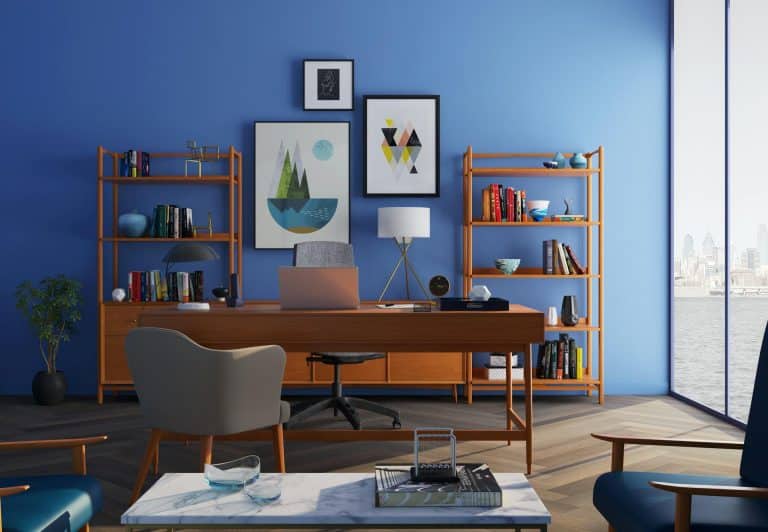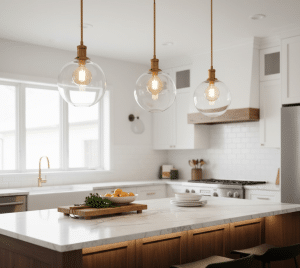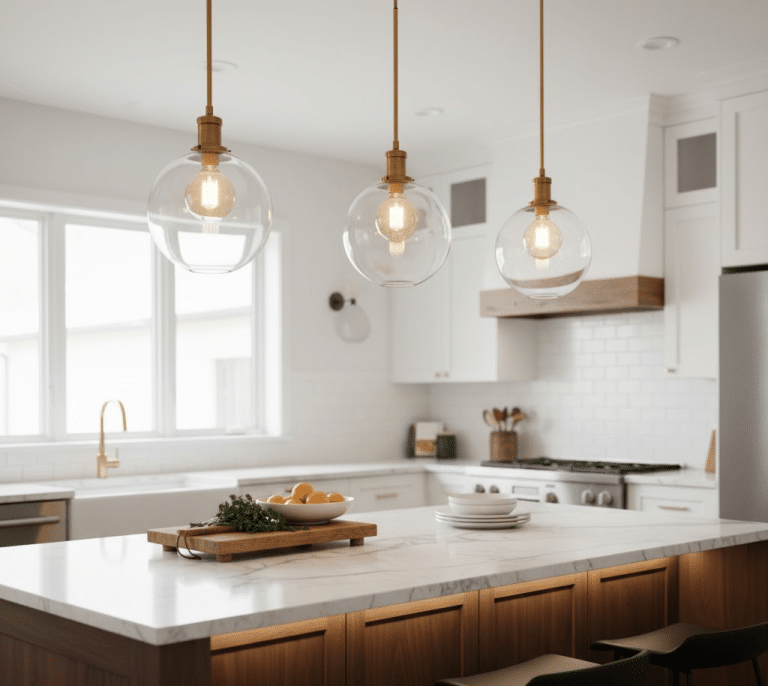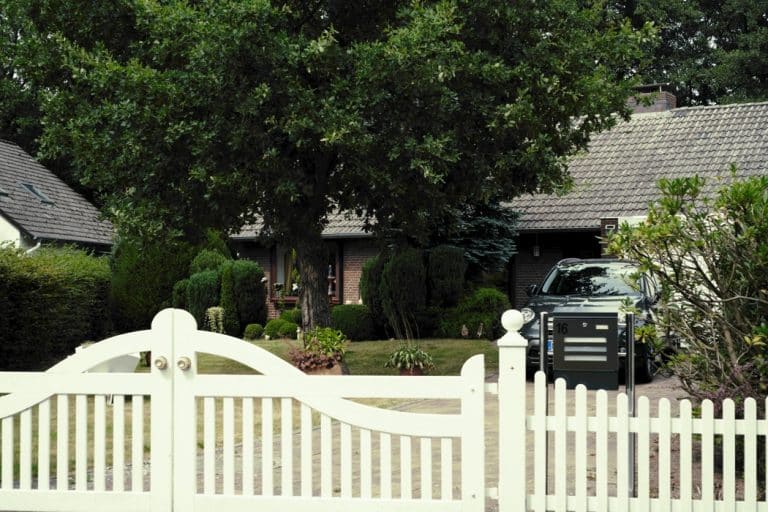Working from home is no longer an exception but a part of daily life for many people. This shift has brought attention to how important it is to have a workspace that helps you focus and stay organized. While spare bedrooms and dining tables often serve as makeshift offices, they do not always provide the comfort or privacy needed for serious work.
A basement, on the other hand, offers a unique opportunity. With the right planning, it can transform from an underused storage space into a private and functional office. The key lies in approaching the project with a balance of creativity and practicality so that the final result truly fits your lifestyle and professional needs.
This guide explores practical steps and creative ideas to help you transform your basement into a workspace that works for you.
So, are you ready to unlock your basement’s potential? Let’s get started.
Start with a Clear Vision, but Keep It Practical
Every project begins with an idea. You might picture a sleek office with modern finishes or a cozy space lined with bookshelves and warm lighting. Having this vision is important because it gives direction to your design choices. However, it is equally important to stay grounded in what your basement can realistically support. Factors such as ceiling height, existing walls, and the placement of utilities will influence your options.
This is where professional guidance becomes valuable. A company like Matrix Basements specializes in turning basements into usable living areas and offices. They don’t just bring design expertise but also understand how to work within the limitations of a basement. Their approach ensures your vision is honored while the space remains safe, functional, and within your budget.
Assess the Basement’s Condition First
Before moving forward with colors, furniture, or layouts, take a step back and look at the foundation of the space. Basements often face challenges like moisture, inadequate insulation, or poor ventilation. Ignoring these problems early on can lead to expensive issues later.
For example, even a small moisture problem can affect walls, flooring, and furniture over time. Begin with a full inspection to check for leaks, insulation gaps, and ventilation needs. Addressing these basics protects your investment and simultaneously creates a comfortable environment where you can work without constant distractions from temperature changes or dampness.
Prioritize Lighting for Energy and Focus
Lighting can make or break a basement office. Since basements generally lack natural light, you cannot rely on windows alone to brighten the space. A dim or poorly lit office can feel uninspiring and even impact productivity. The best approach? Layer your lighting.
Overhead fixtures provide general illumination, while desk lamps and floor lamps add focused light where you need it most. If your basement layout allows, consider adding an egress window or a light well to bring in daylight.
Plan for Electrical and Internet Needs
A modern office requires reliable power and internet access. Planning for these needs early will save you from frustration later. Think about where you will place your desk, computer, and other equipment, then install outlets in convenient spots. Surge protection is also important to safeguard your electronics.
Just as essential is a strong internet connection. Basements can sometimes block Wi-Fi signals, so you may need to install a wired connection or add a router extension.
Choose Flooring That Balances Comfort and Durability
Flooring plays a bigger role than many people realize. A good choice should make the office feel inviting while also standing up to basement conditions. Carpet tiles or area rugs can provide warmth and absorb sound, which is helpful in a workspace. On the other hand, vinyl and laminate options offer durability and resist moisture, making them a safe and long-lasting choice.
Think about your daily routine as well. If you use a rolling office chair, a hard surface with a protective mat may be best. If comfort underfoot is a priority, carpet or cushioned flooring can make hours at your desk more enjoyable.
Invest in Ergonomic Furniture
The furniture you choose for your basement office will determine how comfortable and productive you can be throughout the day. A desk and chair are the essentials, but they need to do more than simply look good. An ergonomic chair that supports your back and promotes good posture can prevent fatigue and long-term health issues.
Pair this with an adjustable desk that allows you to change positions during work hours. Even small details like a footrest, wrist support, or monitor stand can make a noticeable difference in how you feel after a full day of work.
Manage Noise and Soundproofing
Basements have the advantage of being somewhat separate from the rest of the home, but that does not mean they are automatically quiet. Household noise can still travel through ceilings or vents, and outside sounds may filter in depending on your location. Adding insulation to the walls and ceilings can significantly reduce noise.
Acoustic panels or foam tiles provide an extra layer of sound absorption and can also enhance the look of your office when used as part of the décor. Thick rugs or carpeting help dampen echoes and footsteps. By taking the time to manage noise, you create a calmer environment where you can stay focused during meetings, calls, or deep work sessions.
Add Personal Touches to Inspire Creativity
Functionality is important, but an office should also feel like a place you enjoy spending time in. Personal touches transform the basement from a plain workroom into an inspiring environment. Consider a color palette that boosts your mood, such as calming neutrals or energizing tones.
Artwork, photos, or wall décor can make the space feel truly yours. Adding plants is another easy way to brighten the room and improve air quality. These finishing details may seem small, but they contribute to a welcoming atmosphere where creativity and productivity can thrive side by side.
Future-Proof Your Design
Your work needs may change over time, so it is smart to design with flexibility in mind. Add extra outlets and data ports, even if you do not need them immediately. Choose furniture that can be rearranged easily or adapted for new uses. If you are considering upgrades such as dual monitors, additional seating, or more storage, plan for those possibilities now instead of starting from scratch later.
Designing a home office in your basement is more than a renovation project—it is a way to unlock the hidden potential of your home. With the right balance of vision and practicality, you can create a workspace that is comfortable, efficient, and motivating. A home office is one of the most rewarding upgrades you can make to your home.
A thoughtfully designed basement office is not just a place to work—it is a space that empowers you to perform at your best every single day. Ultimately, with the right planning and professional support when needed, your basement can become one of the most valuable and functional areas in your home.













